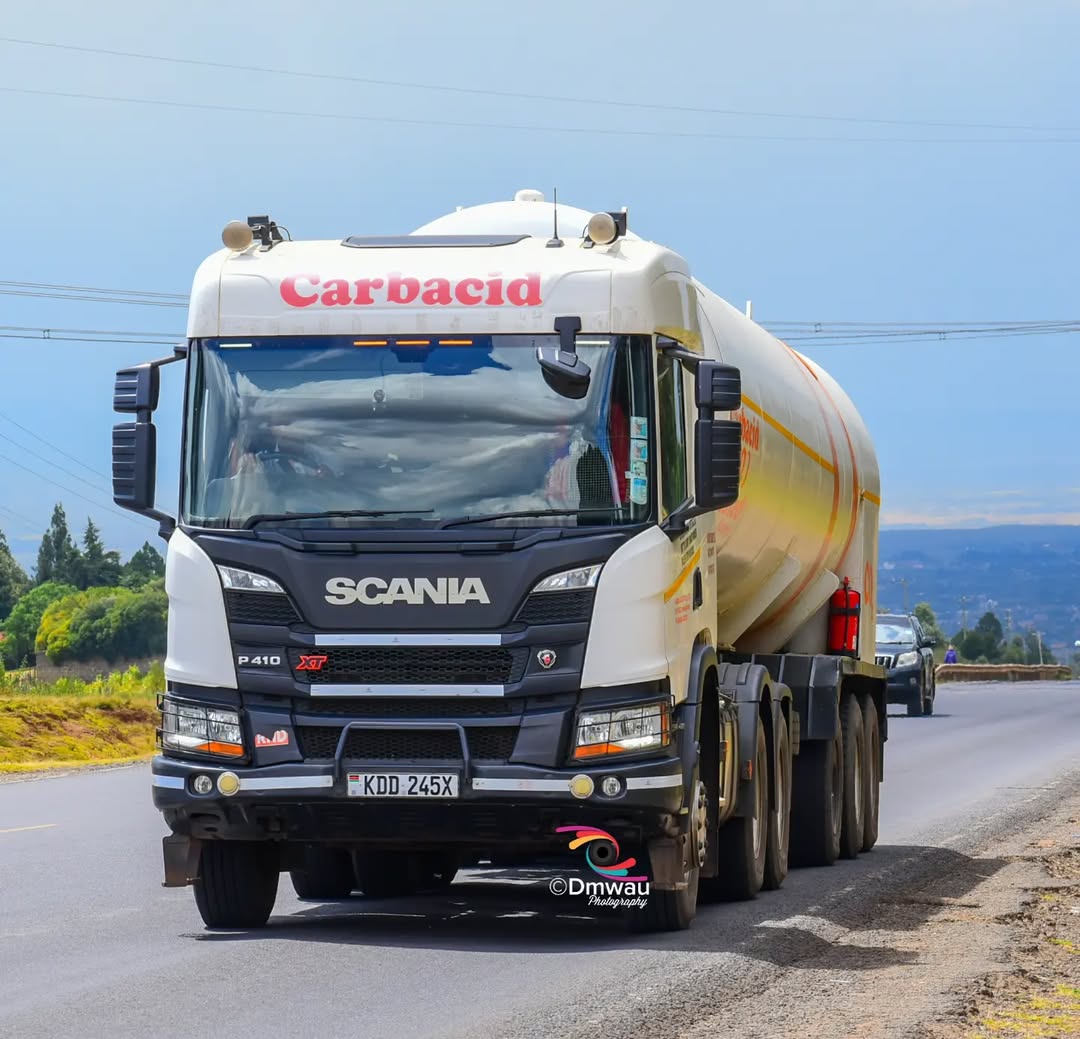Regional Trade Fuels Kenya Mid-Cap Profit Expansion
Carbacid (NSE: CARB) net profit tops KSh 1B, ROE 18%, dividend up 20%; NSE index outperformed by 9pts as manufacturing credit rises 9.5% amid high yields (KE10Y) and energy-cost stabilization.

Carbacid Investments (NSE: CARB) has reached a rare profitability threshold for a manufacturing stock on the Nairobi Securities Exchange, reporting KSh 1.03 billion in after-tax profit for FY2025, an increase of 22% year-on-year. The company’s performance marks the highest net return in its history, pushing return on equity to 18.4% and lifting its final dividend payout by 20%. The result carries strategic implications far beyond the chemical sector, symbolizing how industrial mid-caps in East Africa are regaining pricing power and cost discipline amid volatile macro conditions. With Kenya’s manufacturing GDP share recovering to 8.6% from a pandemic low of 7.2%, Carbacid’s surge reveals how operational efficiency and input substitution can re-anchor industrial resilience under high borrowing costs.
The company’s revenue grew 16% to KSh 4.8 billion, driven primarily by carbon dioxide exports to Uganda, Rwanda, and Tanzania, which now represent 34% of total sales. Production output rose to 26,000 tonnes from 21,000 in 2024, while energy consumption per tonne declined by 14% due to automation and waste-heat recovery systems. These efficiencies offset power-tariff increases that averaged 11% through 2025, preserving margins. Kenya’s industrial power cost—currently around $0.20/kWh—remains among the highest in Sub-Saharan Africa, yet Carbacid’s energy-management strategy kept its EBITDA margin steady at 38%.
The improved profitability also underscores Kenya’s gradual reindustrialization under the Bottom-Up Economic Transformation Agenda, where manufacturing credit expanded 9.5% year-on-year despite a 13.5% policy rate. Carbacid’s ability to self-finance 82% of its capital expenditure from retained earnings shields it from elevated borrowing costs that have constrained other industrial peers. This internal funding strength strengthens its free-cash-flow yield to 11%, supporting higher dividend distributions while maintaining a conservative debt-to-equity ratio of 0.16.
Regionally, Carbacid’s success signals rising intra-African trade integration. The firm benefited from tariff-free access under the EAC customs union and increased CO₂ demand from breweries, beverage companies, and welding-gas suppliers expanding post-COVID. These sectors grew an average 12% across East Africa in 2025, reflecting the rebound in consumer spending and infrastructure investment. The company’s pricing model—indexed partly to the USD-KES exchange rate—hedges against shilling depreciation, which averaged 9% during the year.
Capital-market reaction has been constructive. Carbacid’s share price rose 17% year-to-date, outperforming the NSE All-Share Index by 9 percentage points. The dividend yield now stands at 8.4%, one of the highest on the exchange. Foreign investor interest remains limited due to the stock’s small float, but domestic pension funds have increased holdings, citing stable cash flow and low leverage. At a forward price-to-earnings multiple of 7.2x, the stock remains undervalued relative to regional peers in manufacturing that trade near 10–11x.
The macro signal is broader: cost-competitive industrial growth is achievable even within frontier market constraints if firms internalize efficiency upgrades and leverage regional demand. Kenya’s manufacturing output index rose 5.8% year-on-year by September 2025, while export manufacturing volumes rose 8.2%, reversing three years of contraction. As the government targets 10% manufacturing share of GDP by 2030, Carbacid exemplifies how domestic champions can scale through operational innovation rather than subsidy dependence.
The forward test lies in maintaining productivity under persistent currency volatility and supply chain uncertainty. Indicators to watch include energy-cost trends, regional export growth above 10%, and sustained ROE beyond 15%. If Carbacid achieves these through 2026, it will confirm the structural maturity of Kenya’s mid-cap industrial base—a sector quietly powering East Africa’s reindustrialization from within.




